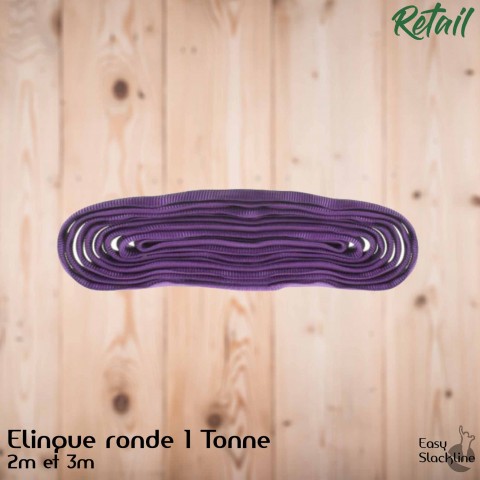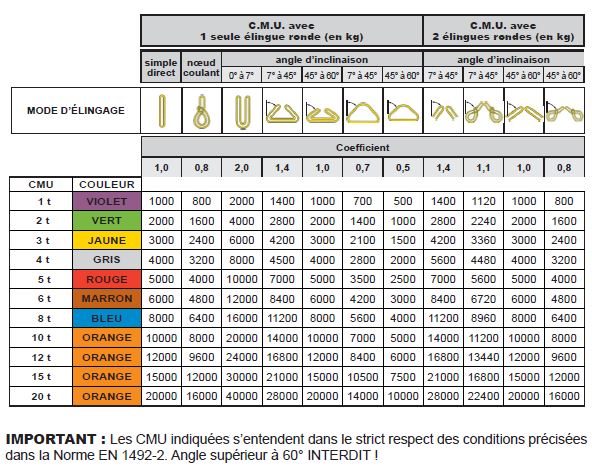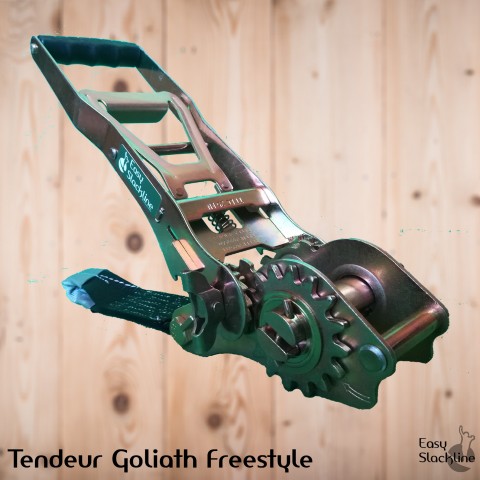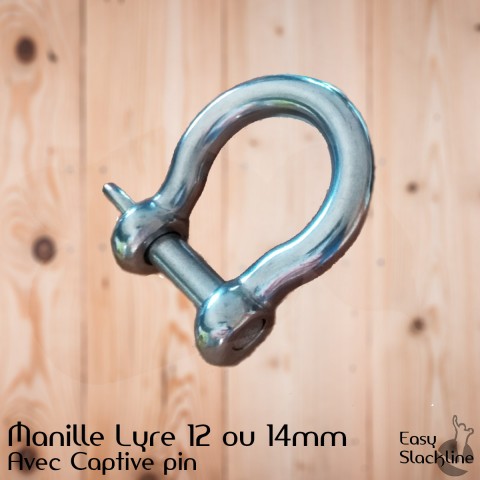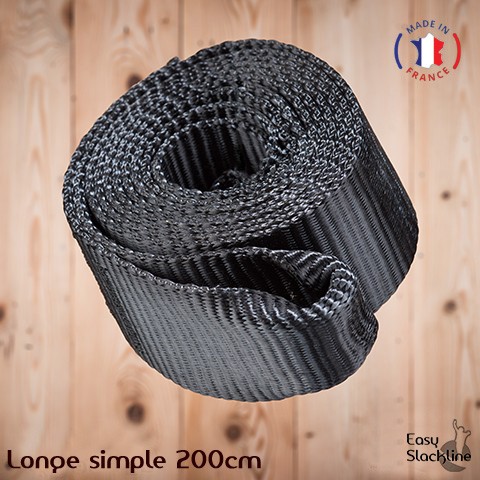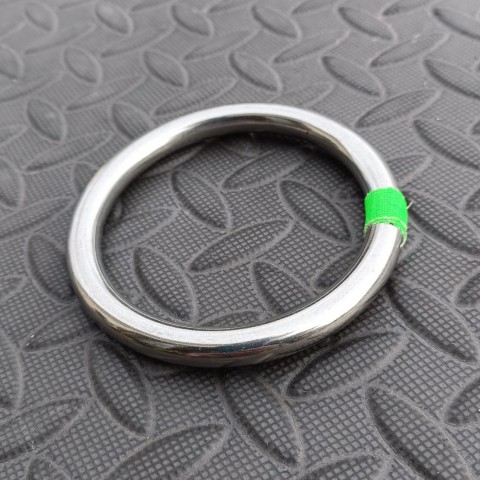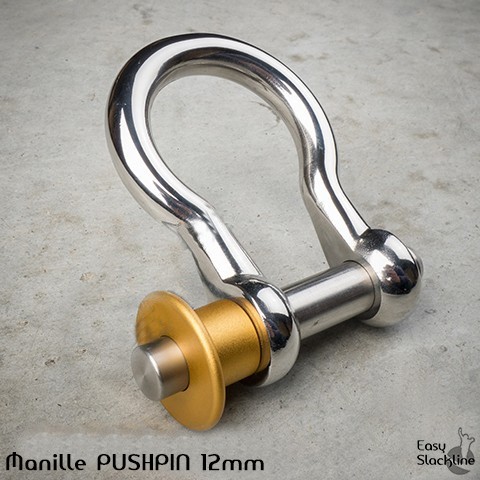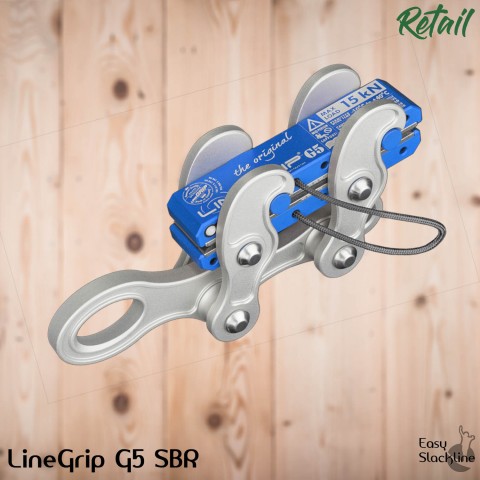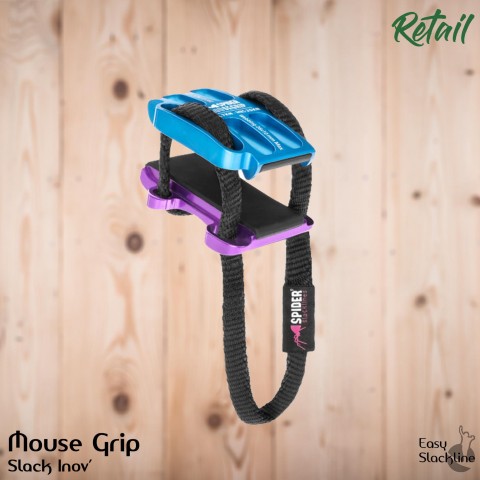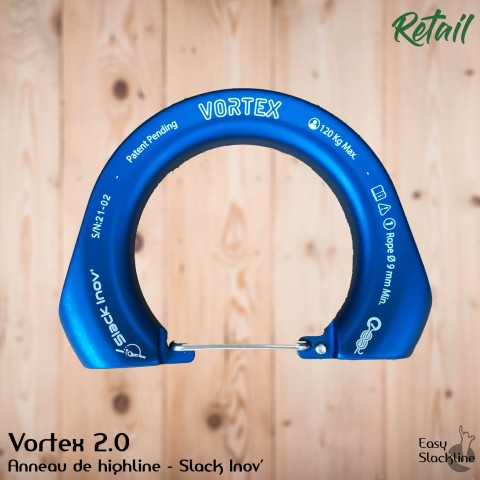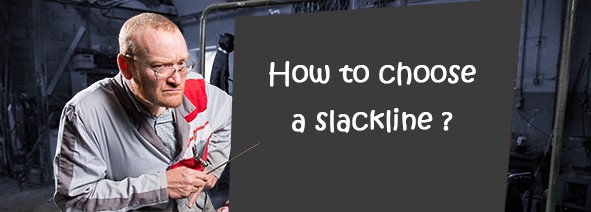From Monday to Friday 09:00am - 18:00pm
In slackline, round slings are used to attach the installation to the anchors (tree or other).
They are necessary for any installation whose length is superior to 50m or under strong tension (pulley, longline, highline).
They are also essential in Trickline!
Circular in shape, they allow all types of installations* according to your needs (triangulation/equalization, lark's head knot, adjustable knot, etc)
Sold by the unit
Technical specifications
- color: purple
- weight: 0.460 kg 2m / 0.690 kg 3m
- working load: 10kN
- breaking load: 60kN
- useful length: 2m or 3m
Advice for use
- A round sling is much more resistant than a sling. Preferably for freestyle installations, longlines longer than 50m and with pulley systems.
- The equipment can remain installed for 2 or 3 days maximum. Ideally dismantle it after each use.
- Store your equipment, dry and away from humidity, like all textiles.
- You can use them as a lark's head, or use the adjustable knot to adjust the desired length and thus have your installation practical.

Depending on the installation chosen, the strength of the sling may vary. Refer to the table below.
Installation and strength of slings
Protect the sling from friction and avoid contact with sharp edges.
Incompatibilities
Do not attach to street furniture (poles, lampposts, etc.), do not cut a path.
Use other than slackline (lifting, towing, etc.).
Responsibility
Slacklining and more particularly Highline (in the void, secured by a harness) are sports practices that have no normative or regulatory framework for the manufacture of the material as well as for its installation.
This is why we do not guarantee our own equipment for highline use.
Our products are tested within our company and independent laboratories (mentioned on the product page) via a process that evolves with practice.
These resistance tests have no legal value, they aim to ensure the safety, resistance and comfort of use of our equipment - in the context of our practice.
It is the responsibility of the practitioner to choose the equipment with the appropriate resistance and to have the necessary experience to adapt the installation to his practice.
And to use appropriate equipment to secure oneself if necessary, such as PPE equipment (climbing gear, ropes, etc.).
Generalities
- Do not install your slackline across a path, trail or place of passage
- Do not install your slackline more than 2m from the ground without securing yourself with PPE equipment
- Practice on grassy or cushioned ground free of any protruding objects or objects that could cause injury
- Do a back up = secure your tension system
- Never use a ratchet for highline practice
- Never install your slackline on urban furniture (benches, lampposts, barriers, etc.)
Safety regarding highlining
It is the responsibility of the practitioner to use appropriate equipment to secure oneself if necessary, such as PPE (climbing equipment, ropes, etc.).
In NO CASE is this equipment designed to secure itself. For the lifeline - called backup - we advise to use only PPE standard material (climbing material, ropes, etc).
Unless expressly mentioned, no slackline element can be considered as PPE (personal protective equipment) for sports and leisure activities
NEVER USE SLACKLINE MATERIAL TO SECURE YOURSELF / TIE YOURSELF DOWN. IT IS NOT CLIMBING EQUIPMENT, NOR IS IT EPI STANDARD EQUIPMENT.
You can find more information on our website highline.fr

